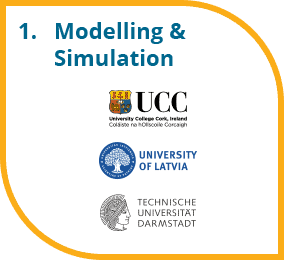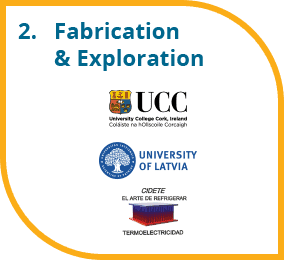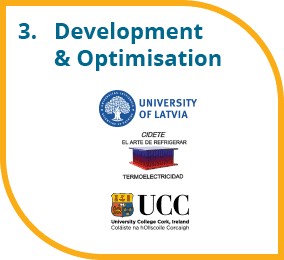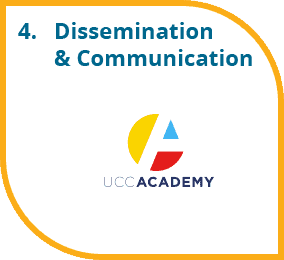TRANSLATE has developed
a new nanofluidic
platform technology
to effectively convert waste
heat to electricity
Waste heat energy discharged into the atmosphere is one of the largest sources of clean, fuel-free and inexpensive energies available.
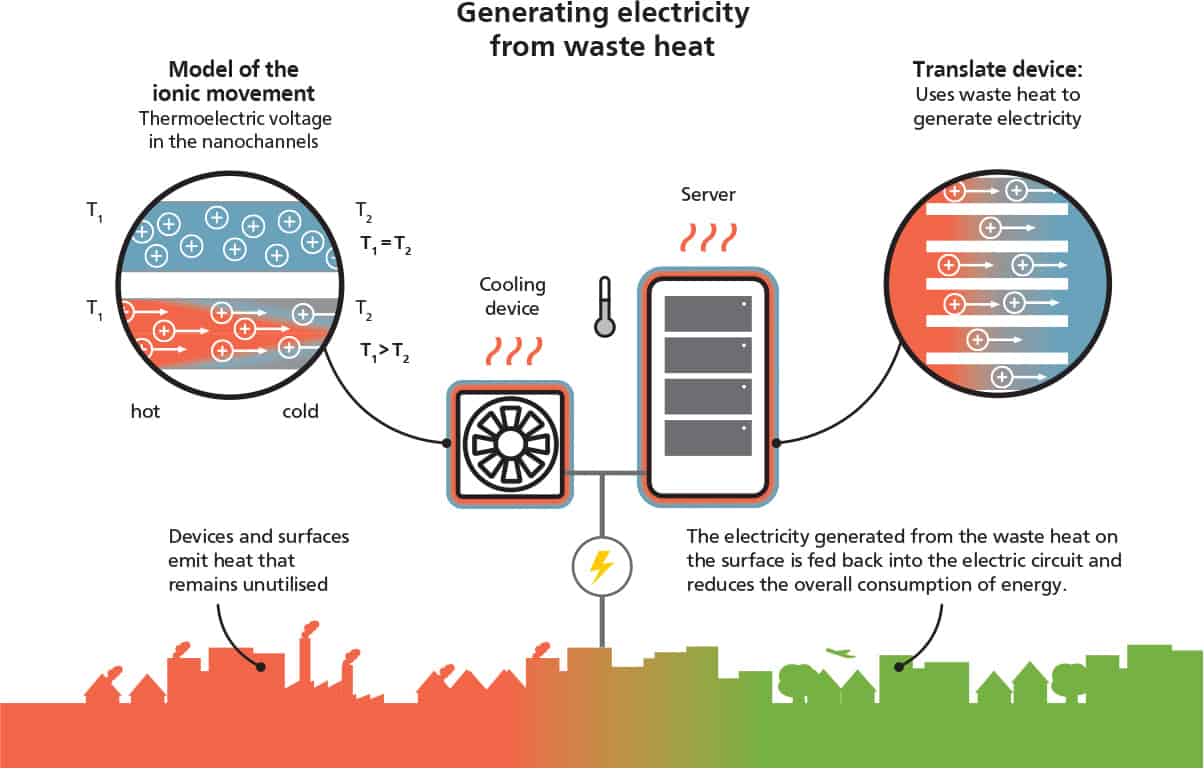
Although technologies for converting waste heat into electrical energy have been around for a long time, there is still no environmentally sustainable and efficient technology platform available for the harvesting of low-grade waste heat.
EU-funded Horizon 2020 research project TRANSLATE developed a new nanofluidic platform technology, based on the flux of ions in nanochannels, to effectively convert this waste heat to electricity.
Accessing this largely untapped energy source could help tackle some of the biggest economic and social challenges we face today including climate change and the depletion of natural resources.
To successfully deliver a novel energy harvesting technology, TRANSLATE synergistically combined several nano-physical and electrochemical principles. There were a number of steps involved in the process which include:
- Building and utilising a simulation model for nanochannel
- Nanochannel fabrication and thermovoltage generation
- Development and optimisation of nanofluidic energy harvesting storage cell
The outcomes from TRANSLATE have been actively disseminated and communicated over the course of this 4-year research project.
